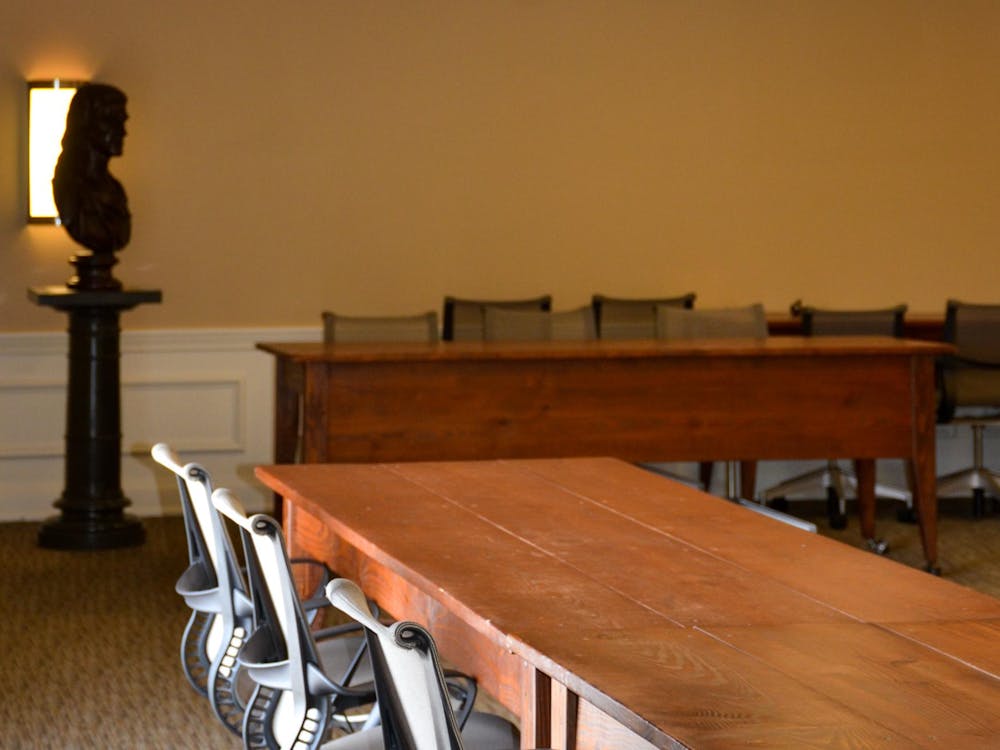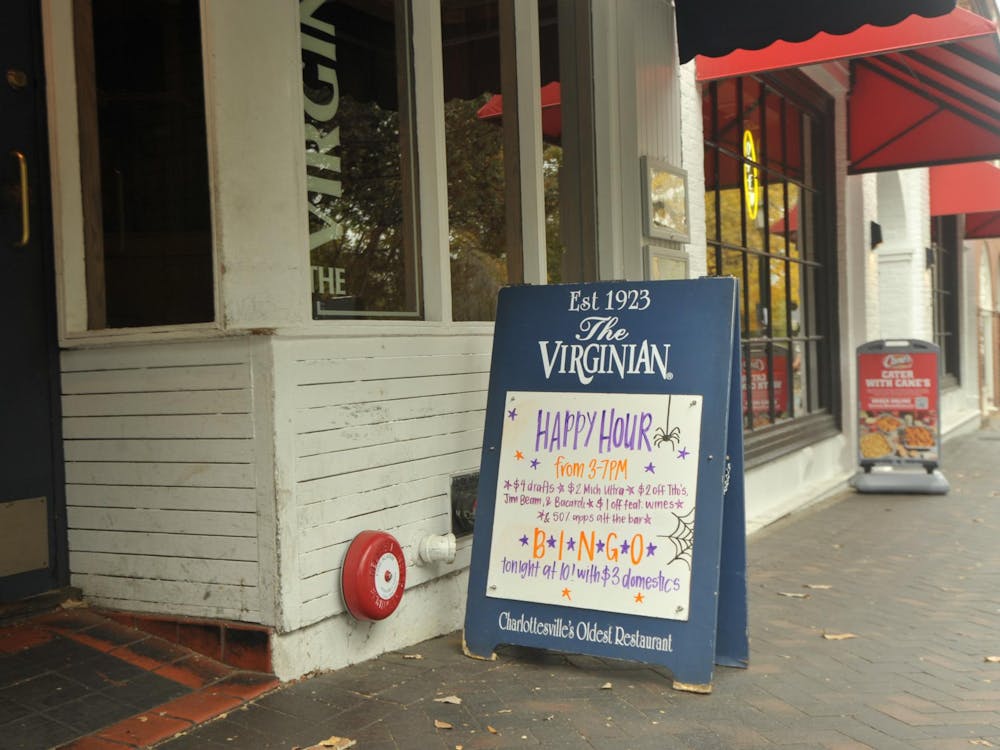National Geographic Magazine hosted a free public presentation on field research and exploration Saturday night at Newcomb Hall Theater as part of its Young Explorers program, an initiative dedicated to providing funding for projects created by young scientists across the country.
To foster interest in the program, National Geographic sponsors a series of workshops and speeches that are designed to reach out to and attract potential Young Explorers. The workshops connect interested students with experienced grant recipients and National Geographic associates and researchers. Additionally, the talks are intended to give students an idea of the type of work they could be doing in the future.
National Geographic offers a number of different grant programs for various demographics, but the Young Explorer program mainly targets students of age 18 to 25. Each grant is reviewed by one of three committees: the Conservation Trust, the Expeditions Council or the Committee for Research and Exploration. Grants are capped at $5,000.
The Young Explorers program hosts these talks at different institutions across the country, but John Francis, vice president of Research, Conservation and Exploration for the National Geographic Society and a former grant recipient, said that the University particularly stands out. "The kinds of ideas that are flowing from the students at U.Va. are tremendous," he said of the quality of the turnout at the morning workshop. "It is incredible."
The workshop was followed by a presentation featuring two primary speakers, photographer Carsten Peter and alpinist Conrad Anker. They recounted their experiences in a variety of exotic locales around the world. Peter spoke about the dangerous Nyiragongo Volcano of Congo and the Hang Son Doong cavern of central Vietnam, while Anker shared his experiences exploring the high-altitude Tibetan plateaus looking for the birthing place of endangered Tibetan Antelopes.
"These people go to areas that are well beyond our reach, and the question is, 'What do you come back with ... what is it all about?'" Francis said. "Behind it all is this search, is this life in extreme. These findings have shifted the way we conserve these lands and also the way we appreciate them. So when you watch this, think of not only the accomplishments, which are phenomenal, but the stories they bring back."
Among the Young Explorers present at the event was Clare Fieseler. A graduate of Duke University's Nicholas School of the Environment, she applied for a grant during the last year of her master's program after attending a National Geographic event similar to the one held at the University. Her project proposal was based on assessing the laws in Belize concerning parrotfish conservation, including but not limited to their ecological and economic impact.
"I was interested because the NGYP really takes a risk in investing in young people," Fiesler said. "Not many other organizations can say the same"






